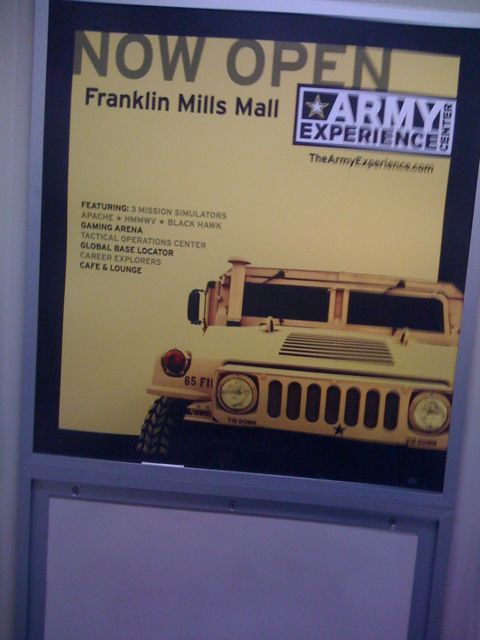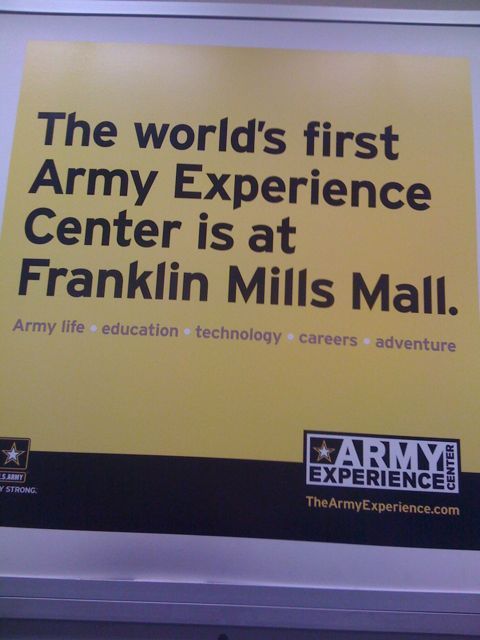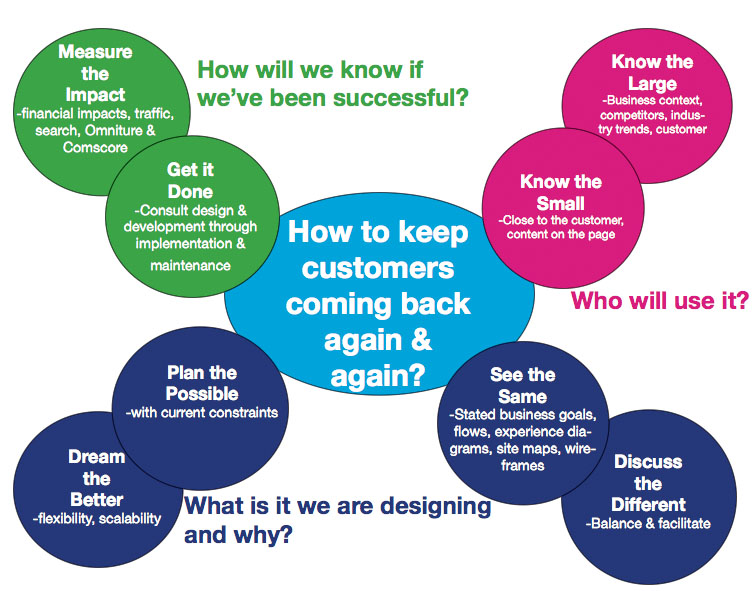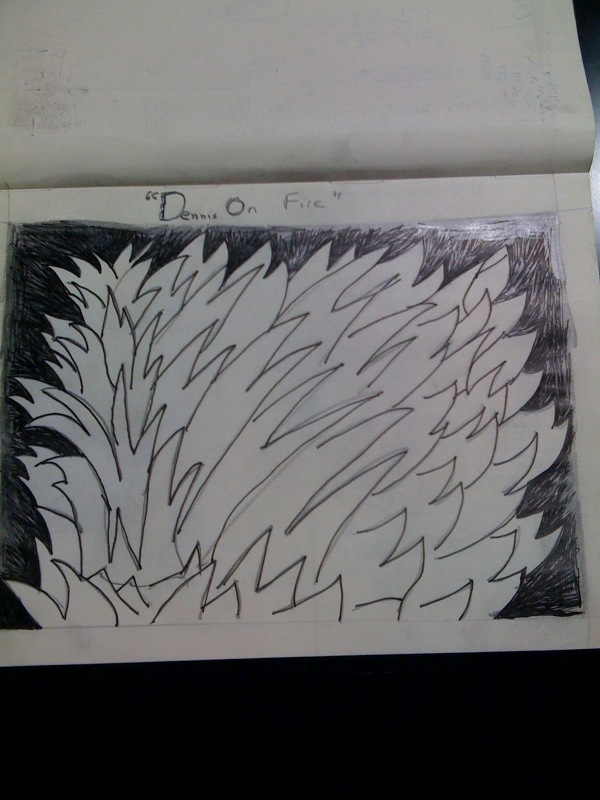Workplace Design Quotient
Look around where you work. Try to take account of the Design Quotient (your DQ, like IQ) of where you work. It doesn’t matter if think of it as your design climate, design culture, design temperature, or even design velocity. Ask yourself “How good are we at design?” and then ask “How can we become masters of design?” Right now we are concentrating on self-awareness.
2 QUICK ASSESSMENTS TO MEASURE YOUR WORKPLACE DESIGN IQ
1 OPEN YOUR EYES & LOOK AROUND
How much beauty does your space hold? The space, the furnishings, the architecture. The art of the visible. If your company is claiming they are “into design” then this is one way of putting their money where their mouth is. If you believe that pretty things work better then you gotta believe that pretty places work better for people and those people will work better. Ok, so how pretty is the place you are at right now? How much visible beauty can you see sitting in front of your computer. STOP, LOOK UP, LOOK AROUND. WHAT DO YOU SEE?
Don’t close your eyes and remember what it is like. Look, write down and describe what you see. Do that, then look at the list. Make sure you look up at the ceilings not just the walls. Look down at the floor. Go to the center of the room and look around. Go to the farthest corner and look toward the middle. Go outside and walk in.
No I am not talking about orderliness. I don’t care if it is organized cleanly. Does it have the right furniture? Does it fit your needs? Is the furniture is lightweight and portable so one can move it around? Is there enough drawer space or filing space? What is the styling and does that communicate what your company is about?
Two other important ways to evaluate your space:
- First, how much raw material is lying around for you to take advantage of? Is the paper locked away and apportioned out? Do you have foam core for prototyping? How many different colors of pens are in stock?
- Second, what is there for inspiration? Are there books, movies, music? Is there a library, stocked with all different kinds of books, competitors publications, customer interviews, mood boards, old story boards?
2 PARTY TIME
What is the annual party like? Work isn’t just about the work. And it is not necessarily about the amount of money they spend. Just like physical objects, spaces and places, so are events designed things. One of the best events to look at is the annual party.
Two important ways to evaluate the party:
- First, do you feel that it is coordinated or haphazard. When do they run out of food? Is it good food? Are different activities going on it all at the same time or sequenced? Sequencing shows insight into events. Does it feel like it is just thrown together at the last minute or is it following an agenda.
- Second, the memories: When you were joining the company did anyone tell you about the party? When you joined the company did anyone tell you with delight about the picnic or barbecue? Do they reminisce? Are people anxiously awaiting the next one?
To conclude, it is important to be self-aware of what the DQ of your workplace is. There are many other things that you can examine, such as how your organization gives presentations or how they produce client facing documents. But workplace aesthetics and the annual party are an easy and fun place to start.



